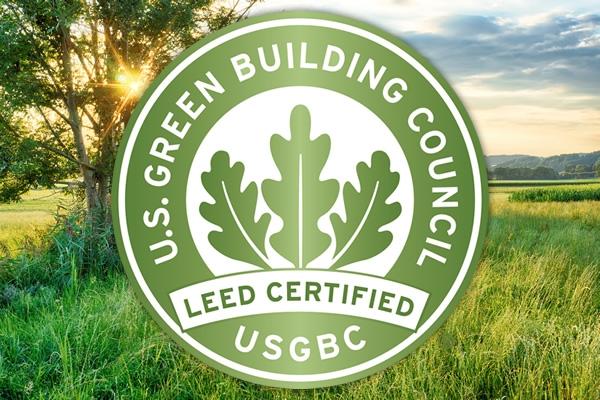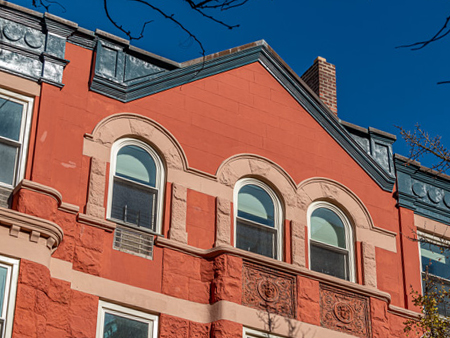As you consider the implications of new construction, you may be wondering if LEED certification is a financially viable choice for your project. LEED certification allows you to qualify for credits in multiple categories (Sustainable Sites (SS), Water Efficiency (WE), and Energy and Atmosphere). LEED certified buildings also benefit from increased property values and lower energy consumption.
What is LEED certification? According to the U.S. Green Building Council:
LEED, or Leadership in Energy & Environmental Design, is a green building certification program that recognizes best-in-class building strategies and practices. LEED certified buildings save money and resources and have a positive impact on the health of occupants, while promoting renewable, clean energy.
Scott Henson Architect offers design strategies that leverage green building practices as part of our sustainability services. In turn, these practices add value to a property while reducing energy consumption and improving air quality. For example, we are experts in converting unused roof space into vegetated roof systems, which are greener and more aesthetically pleasing.
The cost efficiency of LEED certification has been verified by a variety of independent agencies.
- The Department of Energy found in a 2011 study that LEED-certified buildings use 25% less energy (compared to the national average).
- A University of Notre Dame study of PNC’s bank branches found that the branches that were LEED certified used $675 less in utilities per employee than in non-LEED facilities.
- A White House Office of Management and Budget study released in 2012 reported that investments in energy efficiency over a four-year period would save as much as $18 billion in energy costs.
If you are interested in exploring LEED certification for your building, contact us.




